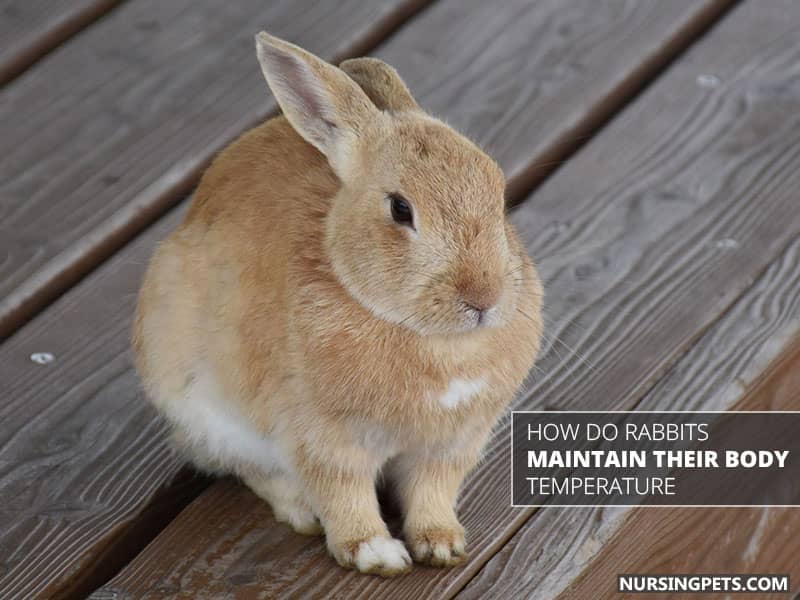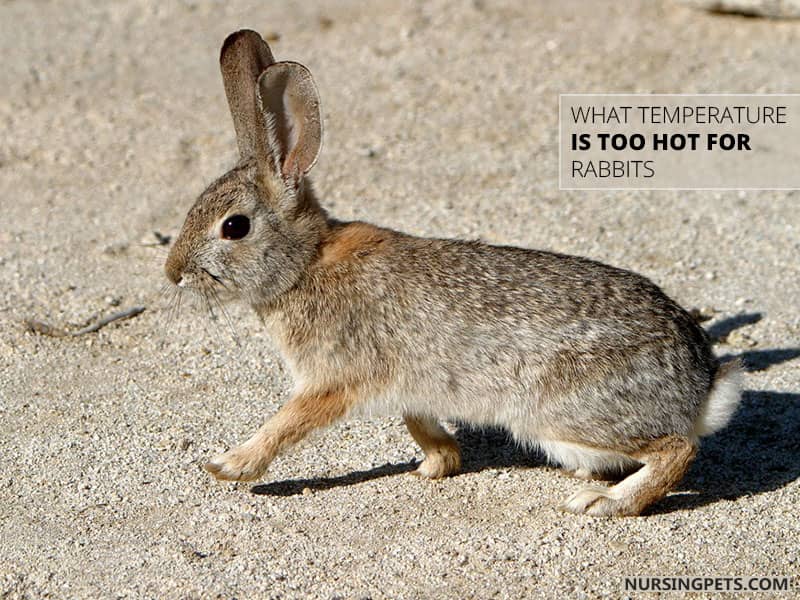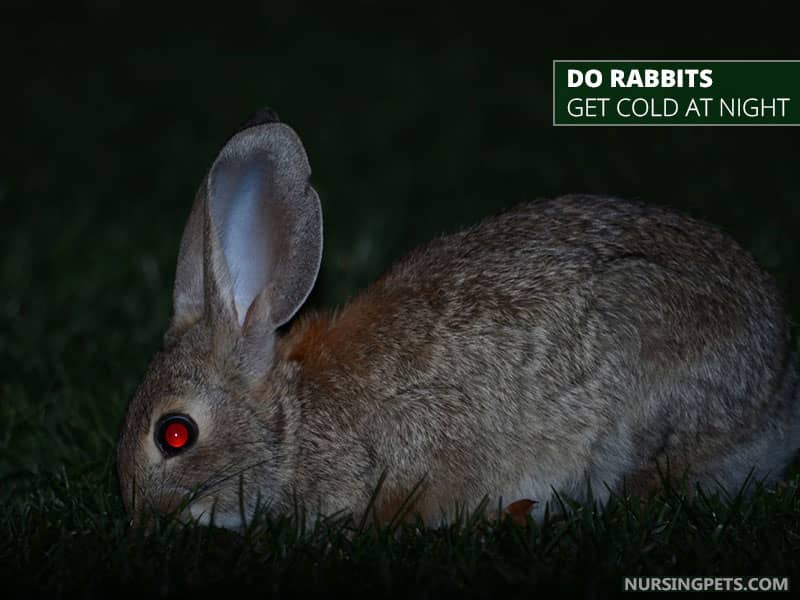Are Rabbits Warm Blooded?
Rabbits are small animals with long ears, short tails, big soulful eyes, soft velvet fur, and powerful hind legs. They are known for their speed and agility, as well as their ability to reproduce rapidly.
Are rabbits warm-blooded? Yes, rabbits are warm-blooded. Their body temperature is usually between 101 and 102 degrees Fahrenheit. They can maintain their own body temperature, regardless of the temperature of the environment.
We’re now going to discuss why rabbits are warm-blooded, what temperature they can survive in, and how to keep them warm during winter. Here is another article for you on whether indoor rabbits are messy or not.
Related Blog: Are Baby Rabbits Called Kittens? Full blog
Why Are Rabbits Warm-Blooded?
Rabbits are warm-blooded animals because they’re mammals, like dogs, cats, and even humans. This means that their internal body temperature is regulated by their metabolism, not by the temperature of their environment.

This is an important adaptation that allows mammals to live in a wide variety of climates. In fact, this is in contrast to cold-blooded animals like snakes, lizards, turtles, tortoises, alligators, crocodiles, and more.
How Do Rabbits Maintain Their Body Temperature?
There are several ways in which rabbits maintain their body temperature. One is by using insulation, which is in the form of fur, feathers, or body fat. Another way is by shivering, in which the muscles contract and generate heat.

Rabbits can also regulate their body temperature through vasodilation and vasoconstriction. Vasodilation is the widening of blood vessels, allowing for more blood to flow and resulting in an increase in body temperature.
Vasoconstriction is the narrowing of blood vessels. So, this process decreases the flow of blood and results in a decrease in body temperature.
What Temperature Is Too Cold for Rabbits?
In general, rabbits should be kept above freezing (32°F or 0°C). However, the answer depends on a few factors, such as the type of rabbit, the age of the rabbit, and whether the rabbit is indoor or outdoor.

A young rabbit or a rabbit with a short coat would be more susceptible to the cold than an older rabbit or a rabbit with a thick coat. If your rabbit may get cold, look for signs of hypothermia, such as shivering and difficulty breathing.
Once you see any of these signs, warm him up slowly with a blanket or a heating pad. Never put a rabbit directly in front of a space heater or fire, as they can easily overheat.
What Temperature Is Too Hot For Rabbits?
As a general rule of thumb, rabbits shouldn’t be kept in temperatures above 86 degrees Fahrenheit. However, this depends on each rabbit species and their tolerance levels to heat.

If the temperature is any higher than this, they will start experiencing heatstroke which can be fatal. Therefore, it is always best for you to keep your bunny in cooler temperatures as much as possible.
Advantages of Being Warm-Blooded Animals
There are some advantages of being warm-blooded:
Firstly, it allows mammals like rabbits, dogs, cats, and even humans to be active in harsh winter weather. Their internal body temperature stays constant, so they don’t get cold or sluggish in cooler temperatures.
Secondly, warm-blooded animals like rabbits can maintain a high level of activity. Their metabolism generates a lot of heat, so they can move around and be active for long periods without getting tired.
Thirdly, warm-blooded animals can reproduce in a wider range of climates as their internal body temperature allows embryos to develop. It would be difficult or impossible for a cold-blooded animal to survive such temperatures.
Do Rabbits Get Cold At Night?
Rabbits may get cold at night. Although rabbits are warm-blooded animals, they’re still susceptible to cold weather and can get cold at night if they’re not properly taken care of.

If you live in an area with cold winters, provide your rabbit with a warm, dry place to sleep and plenty of hay to help insulate the body. He/she may even need a heated hutch to stay comfortable.
How Do You Keep Rabbits Warm In Cold Temperatures?
When the temperatures outside start to drop, it’s important to make sure your rabbit is kept warm. Here are a few ways to do so:
1. Bring Your Bunny Inside
If it’s too cold outside, make sure to bring your bunny inside your house. You can also keep your bunny inside if it’s moderately cold. This way, they’ll be protected from the elements and can stay warm and comfortable.
2. Get A Heated Hutch
If you can’t keep your rabbit inside, then a heated hutch is the next best thing. These hutches have a built-in heater that will keep your rabbit warm even when the temperatures outside are freezing.
3. Give Him A Blanket
If you don’t have a heated hutch, you can still keep your rabbit warm by giving him a blanket. Just make sure the blanket is big enough to cover the entire hutch. It shouldn’t be heavy or bulky, so your rabbit can move around freely.
4. Put A Heat Lamp In Their Hutch
Another way to keep your rabbit warm is to put a heat lamp in their hutch. This will provide them with some extra warmth, and will also help to keep the hutch from getting too cold.
5. Provide Him with Extra Hay
Giving some extra hay could be a great way to keep your rabbit warm, as it helps to insulate their bodies. Make sure to give him plenty of hay to nest with, and to help keep them warm.
Final Words
Rabbits are warm-blooded animals that can maintain their own body heat, regardless of the temperature of the surroundings. If you have a pet rabbit, you have to keep him warm and comfortable in cold temperatures.
By the way, we hope you have enjoyed learning about warm-blood rabbits in this article. If you have any further queries, leave a comment below. Follow our social media pages: Pinterest, Twitter, and Facebook.
Image Sources:
- Istockphoto.com
- Pixabay.com
- Flickr.com

